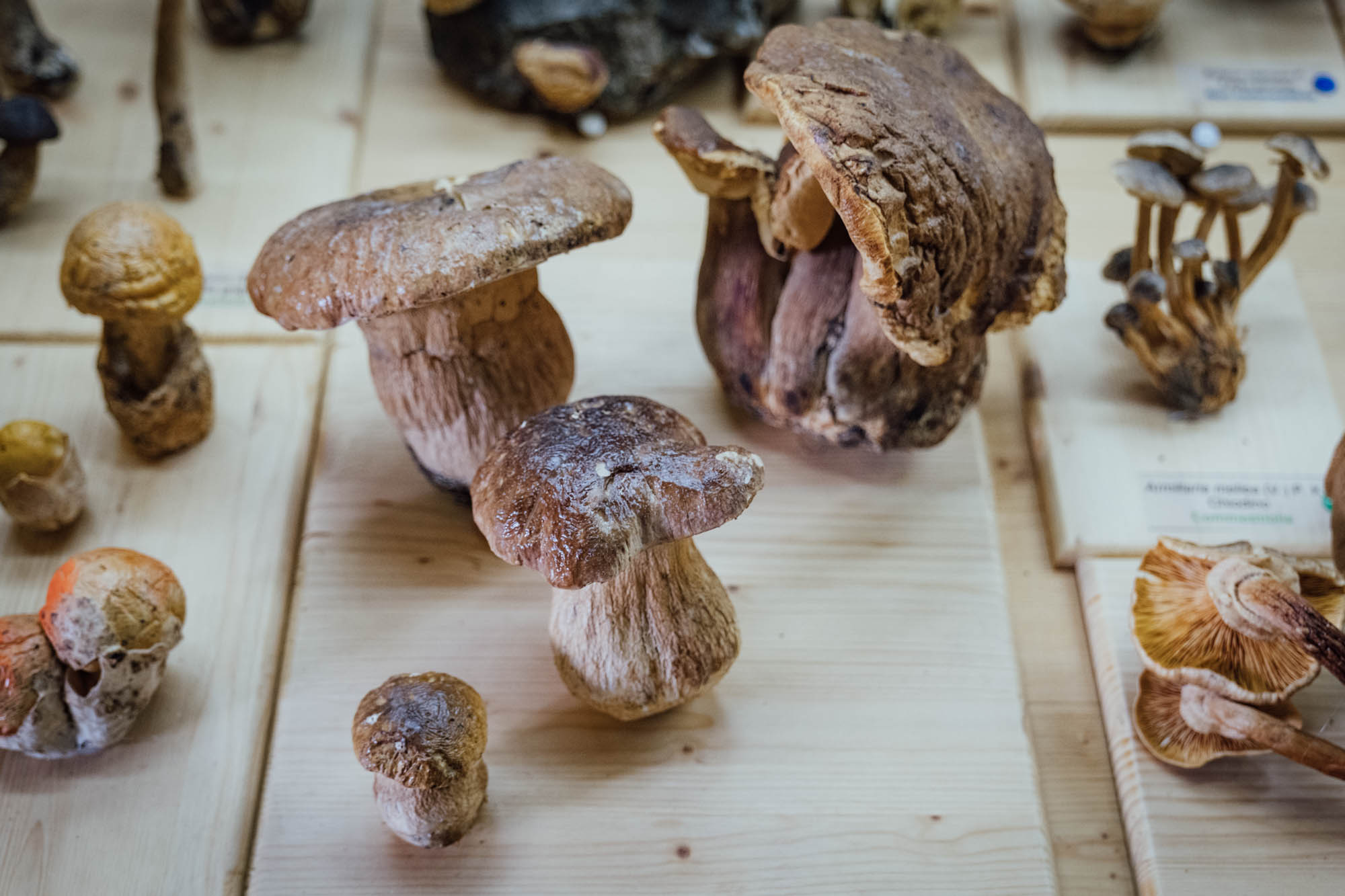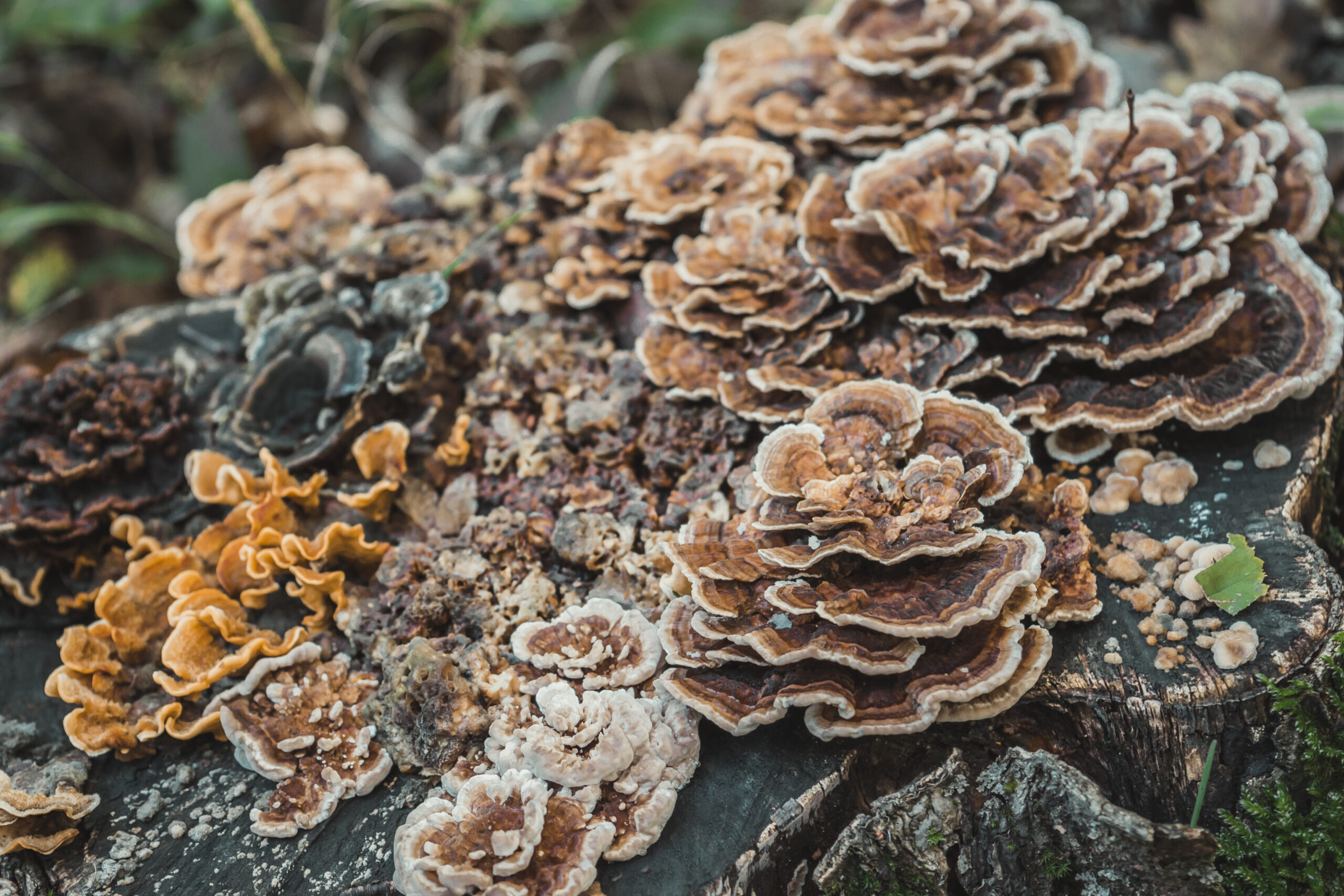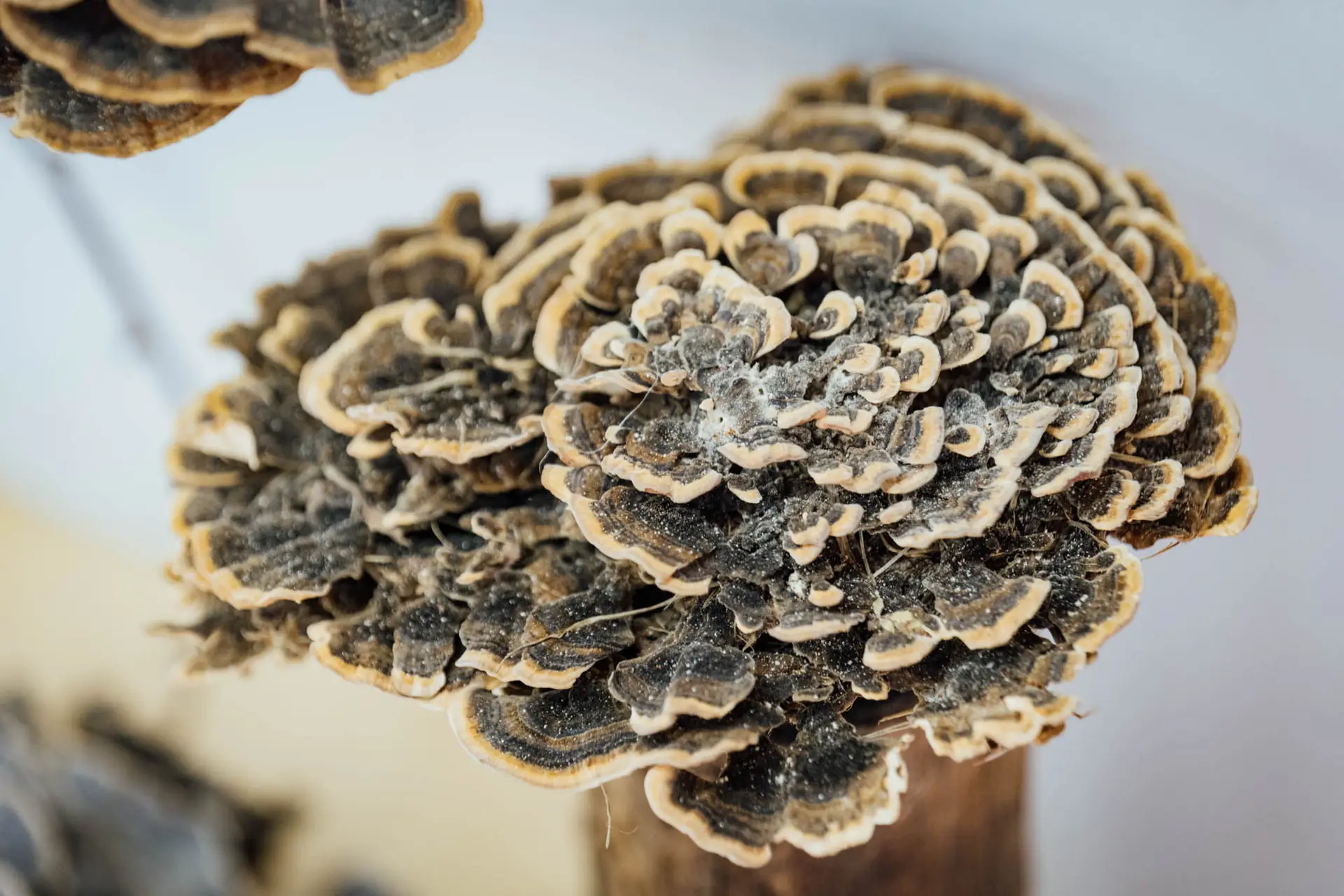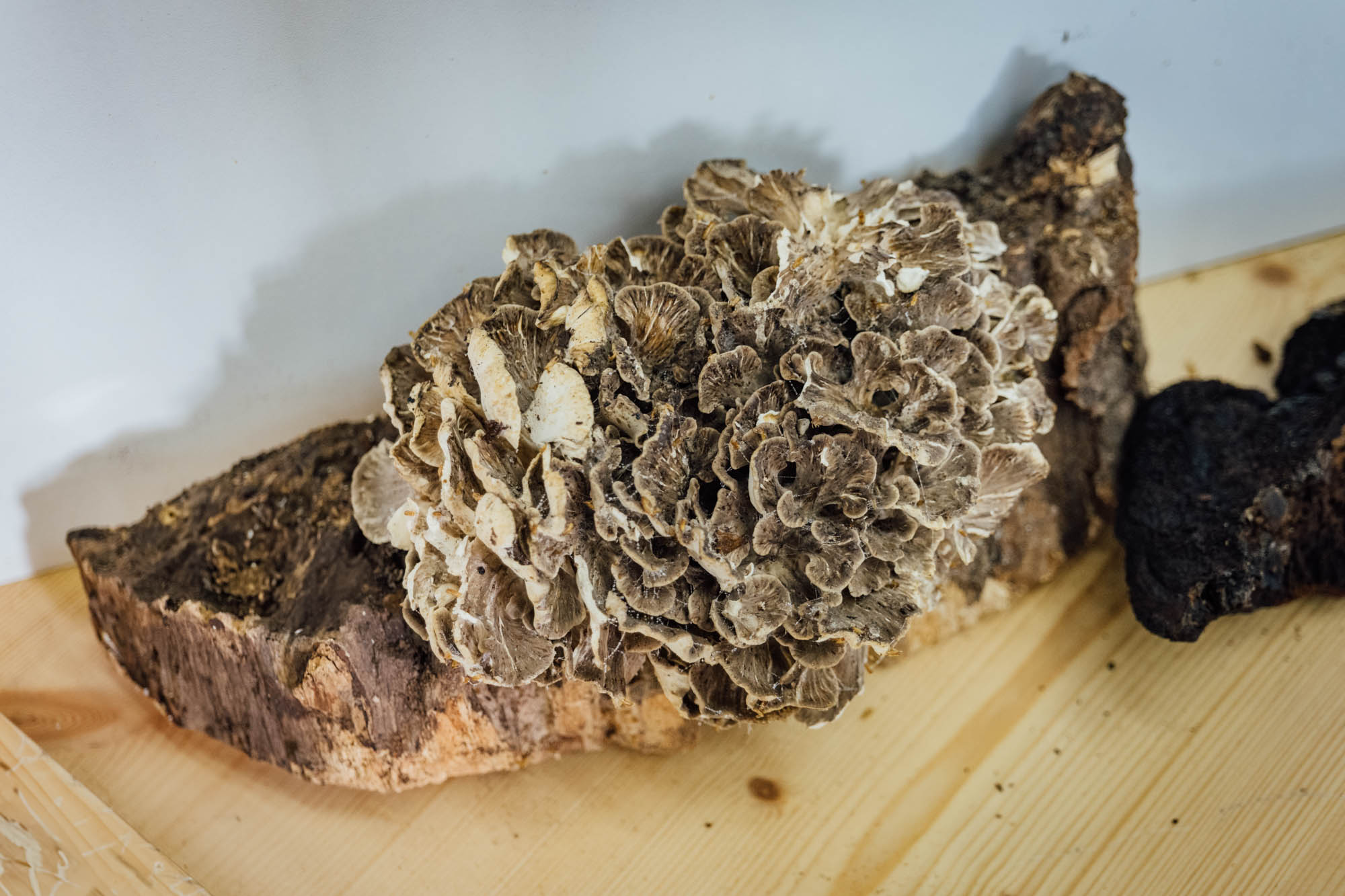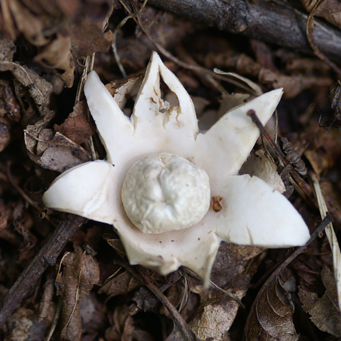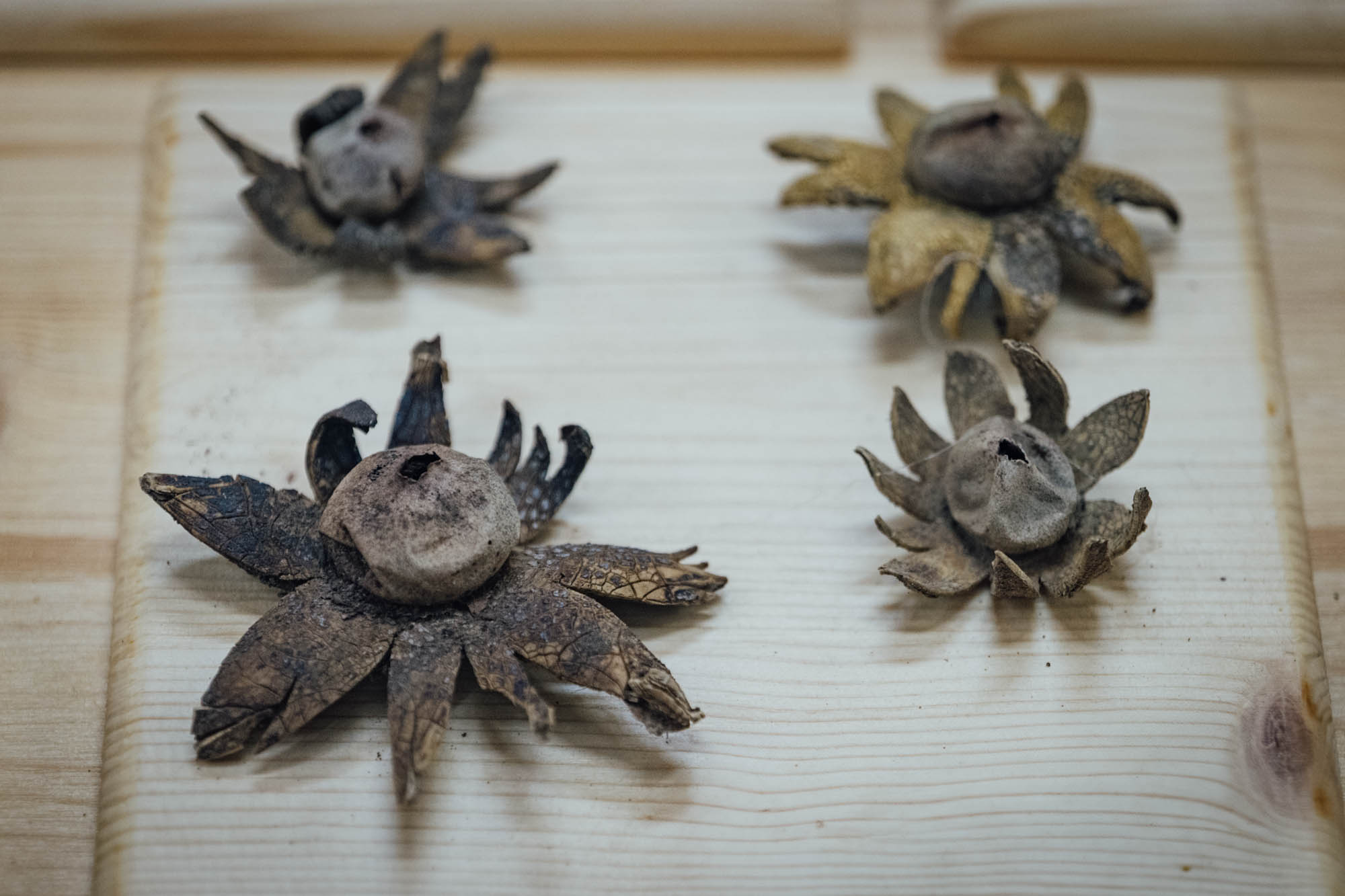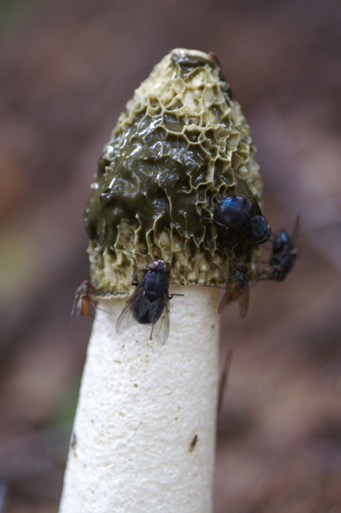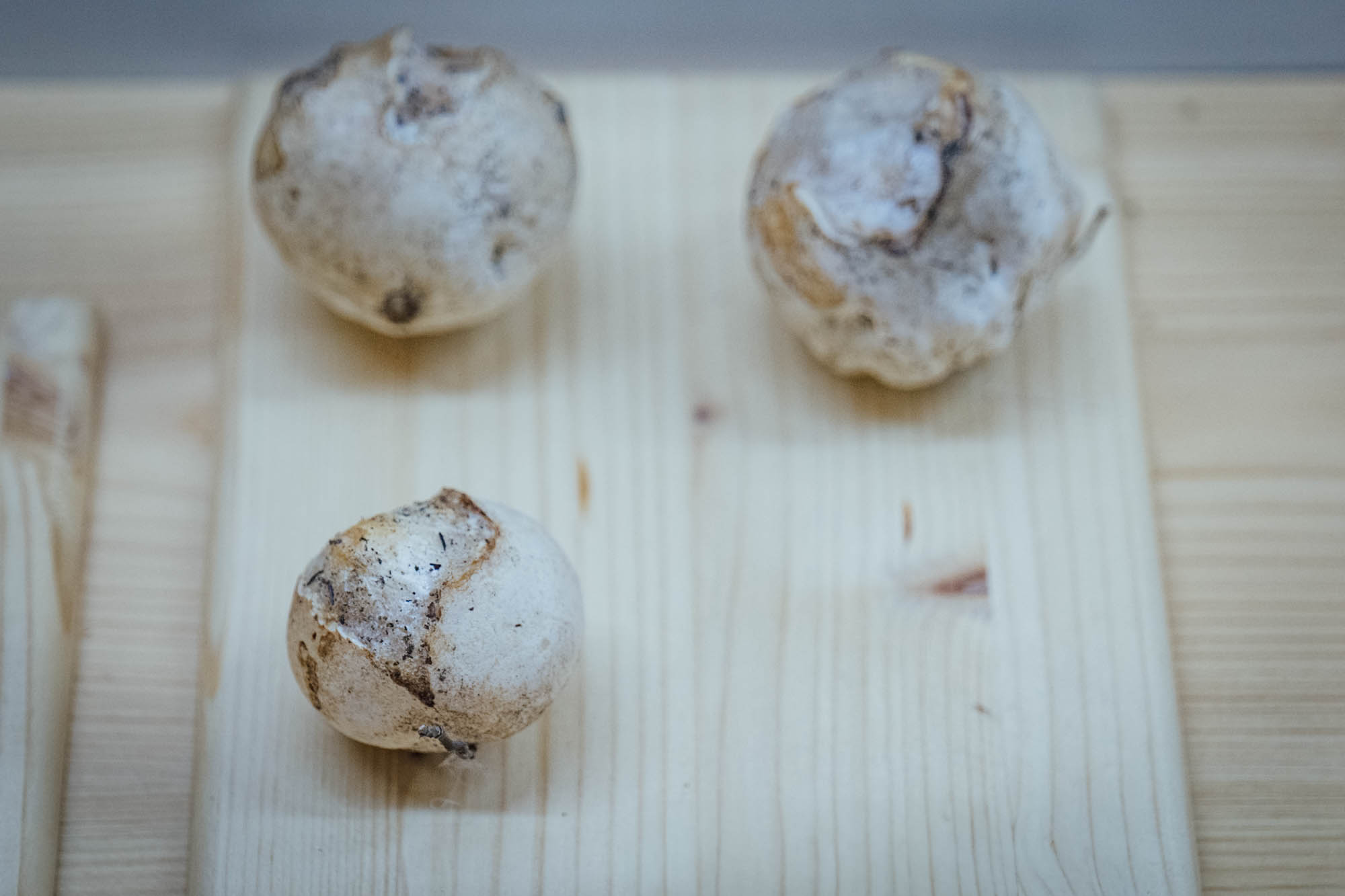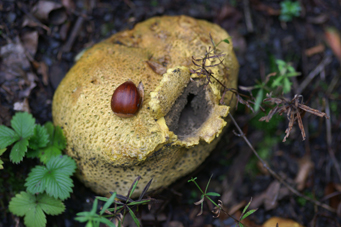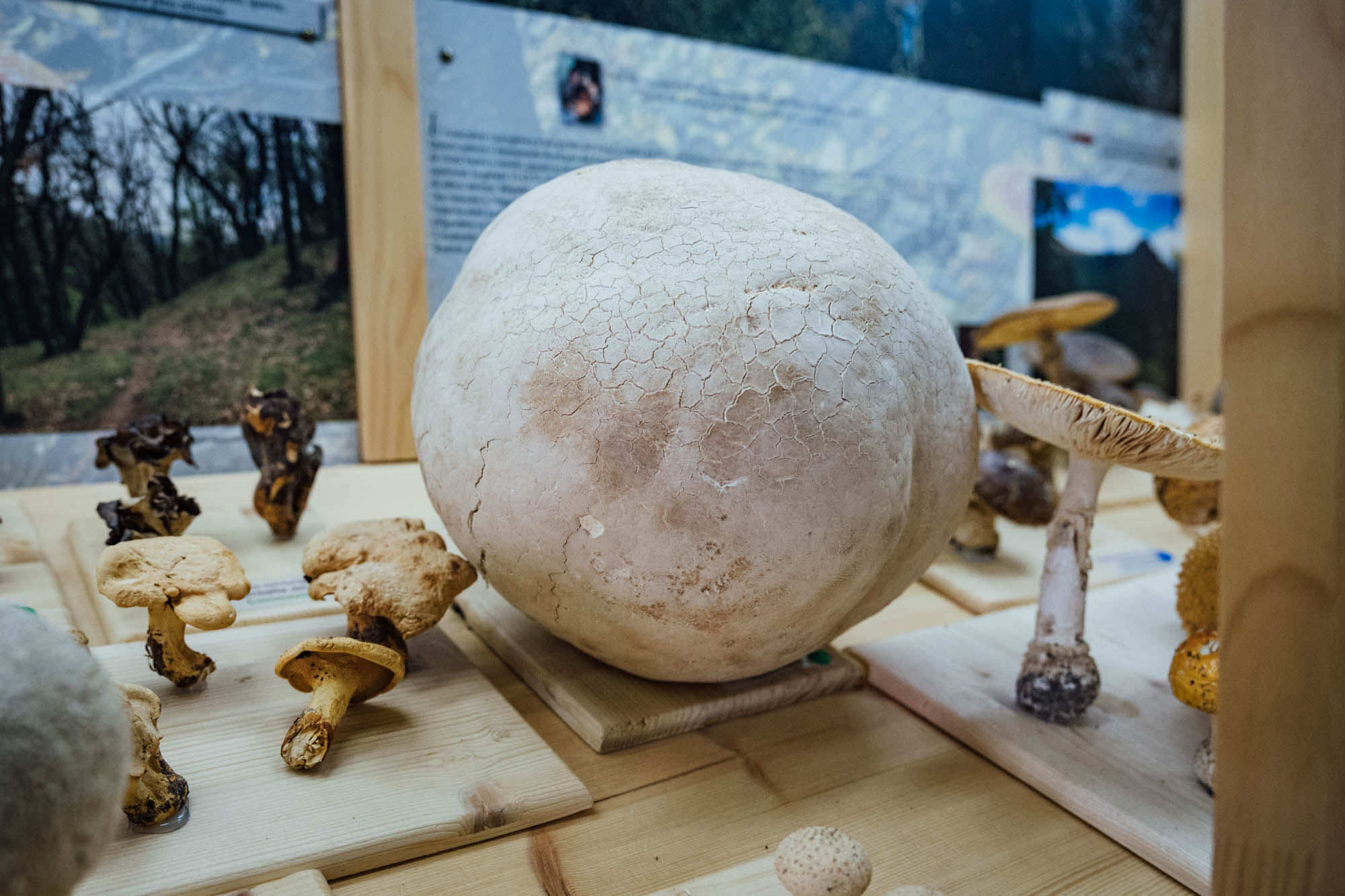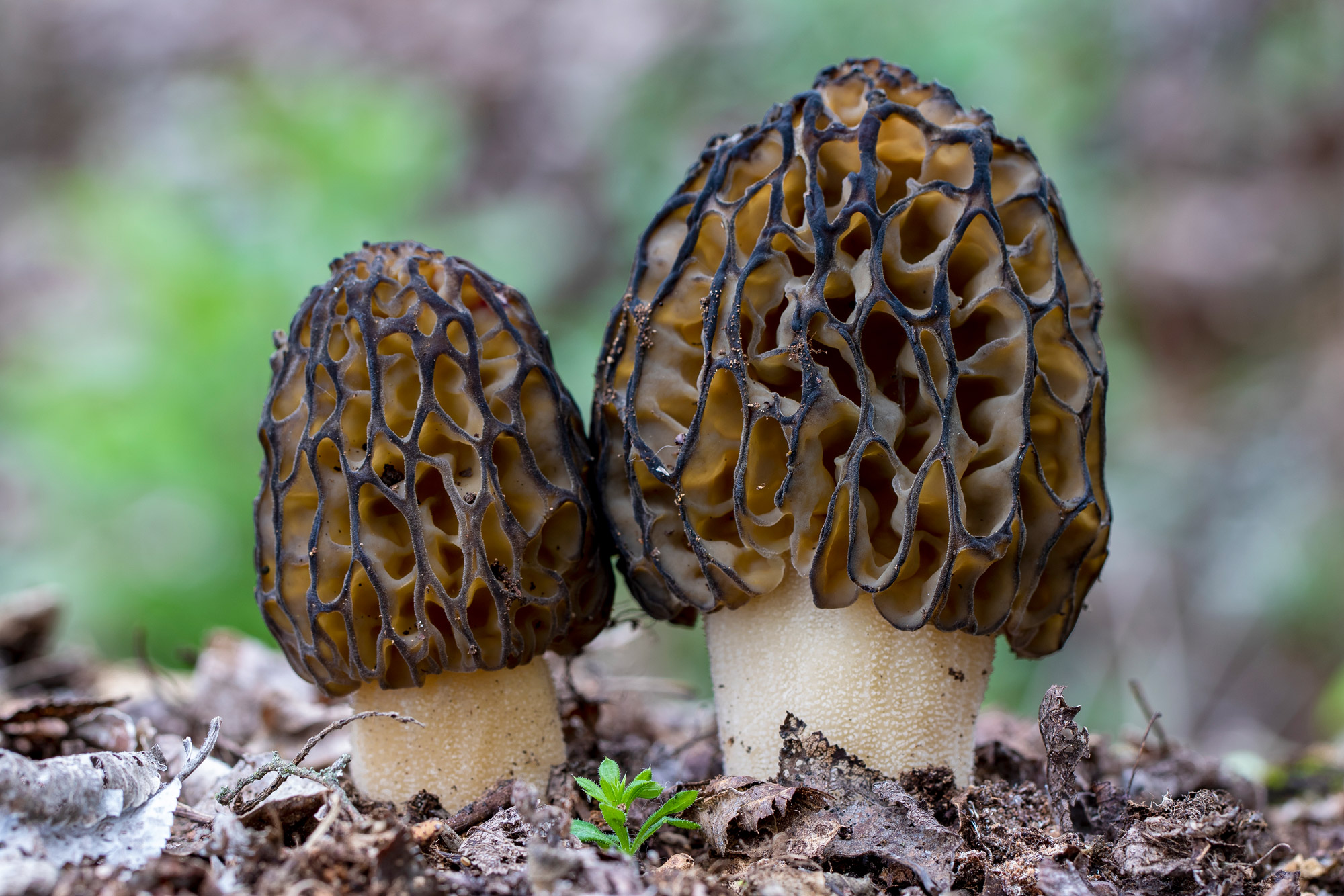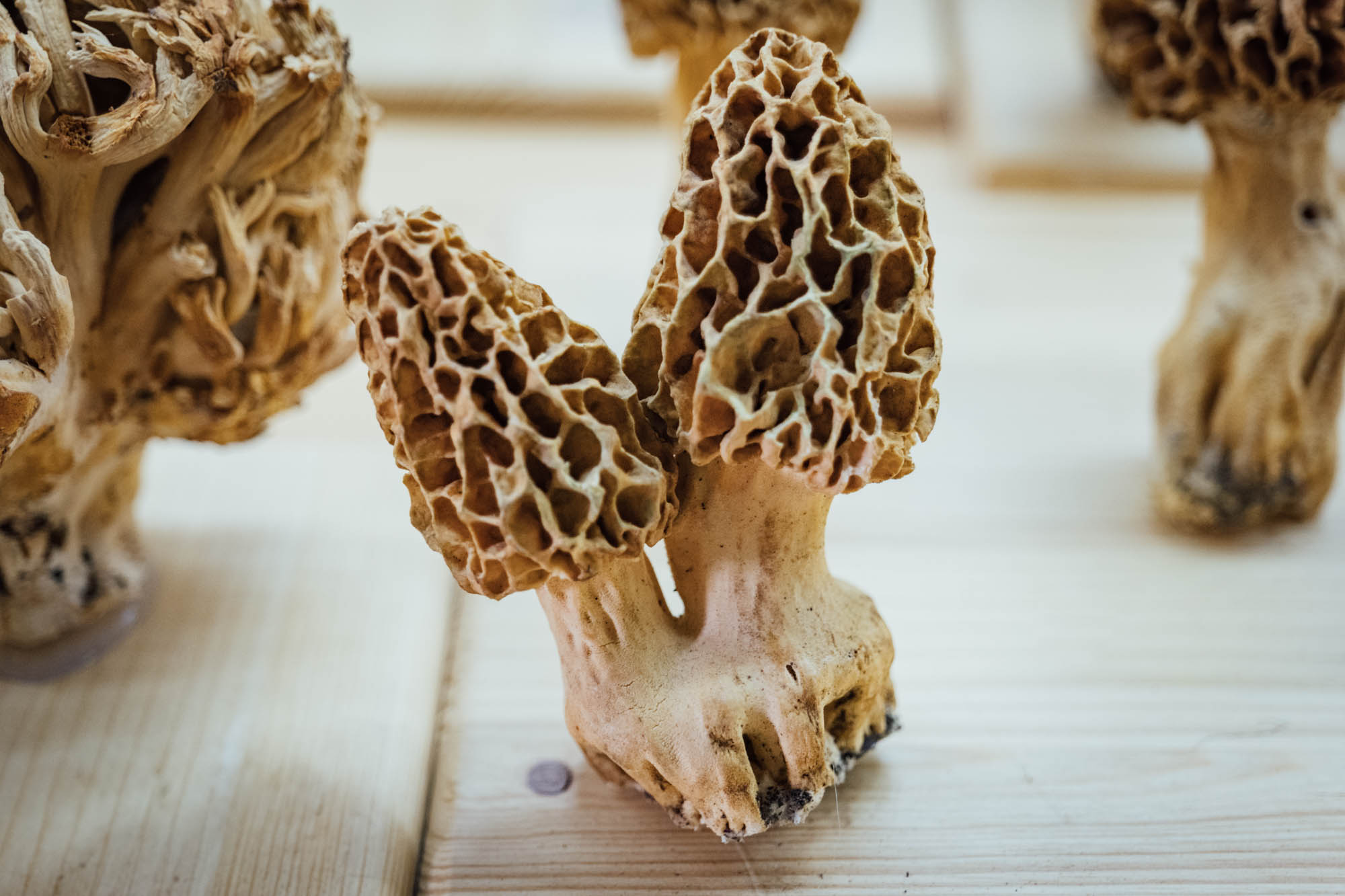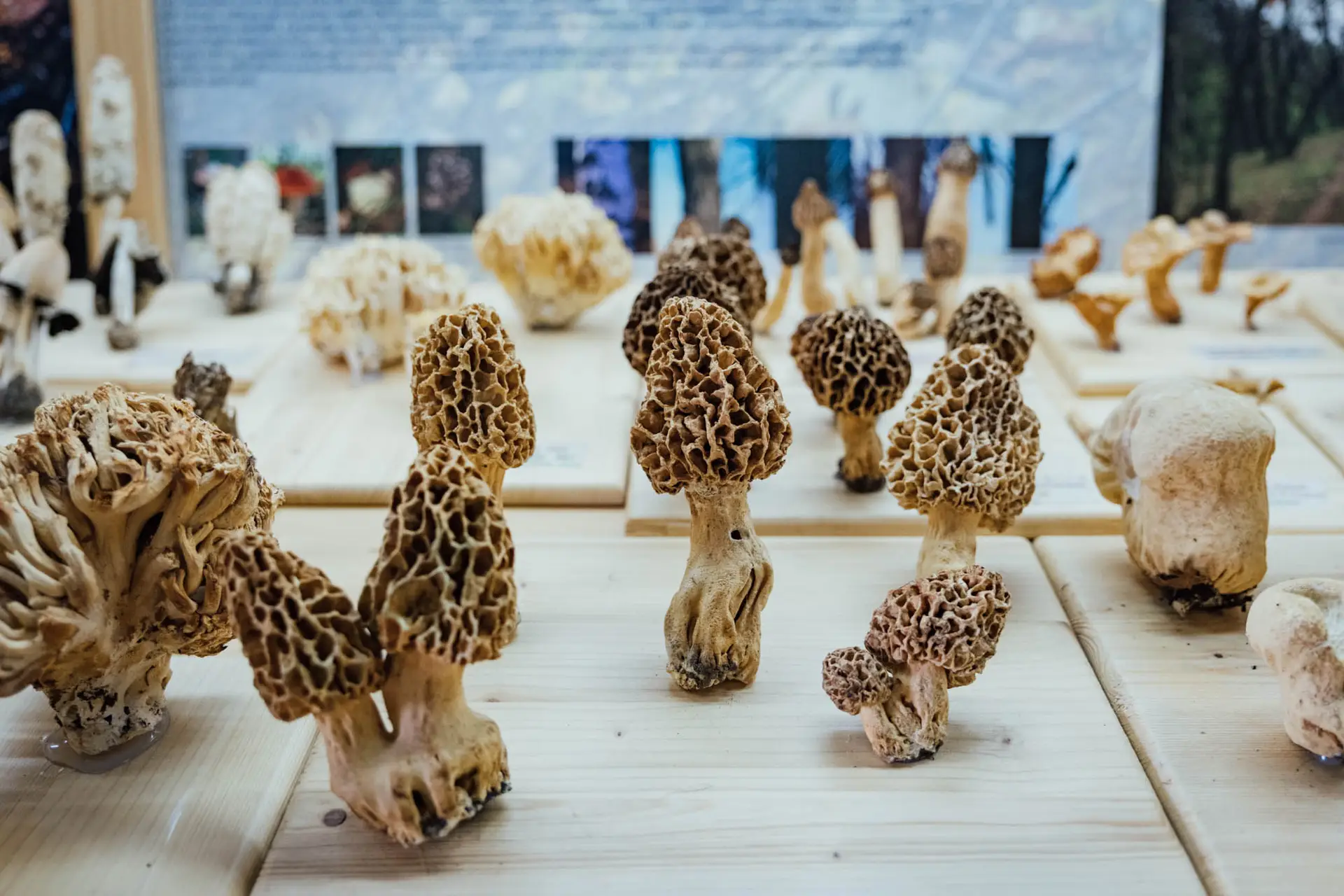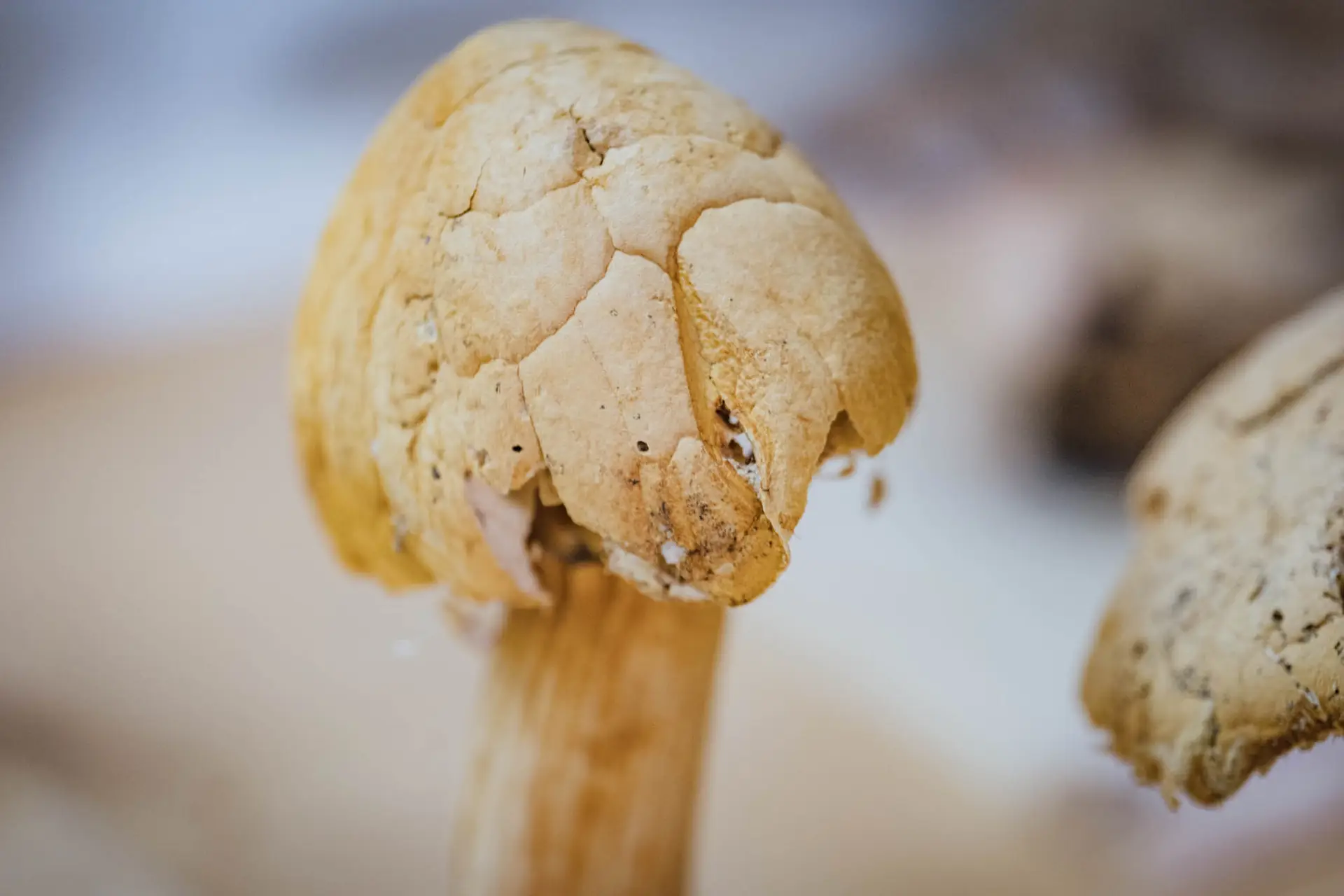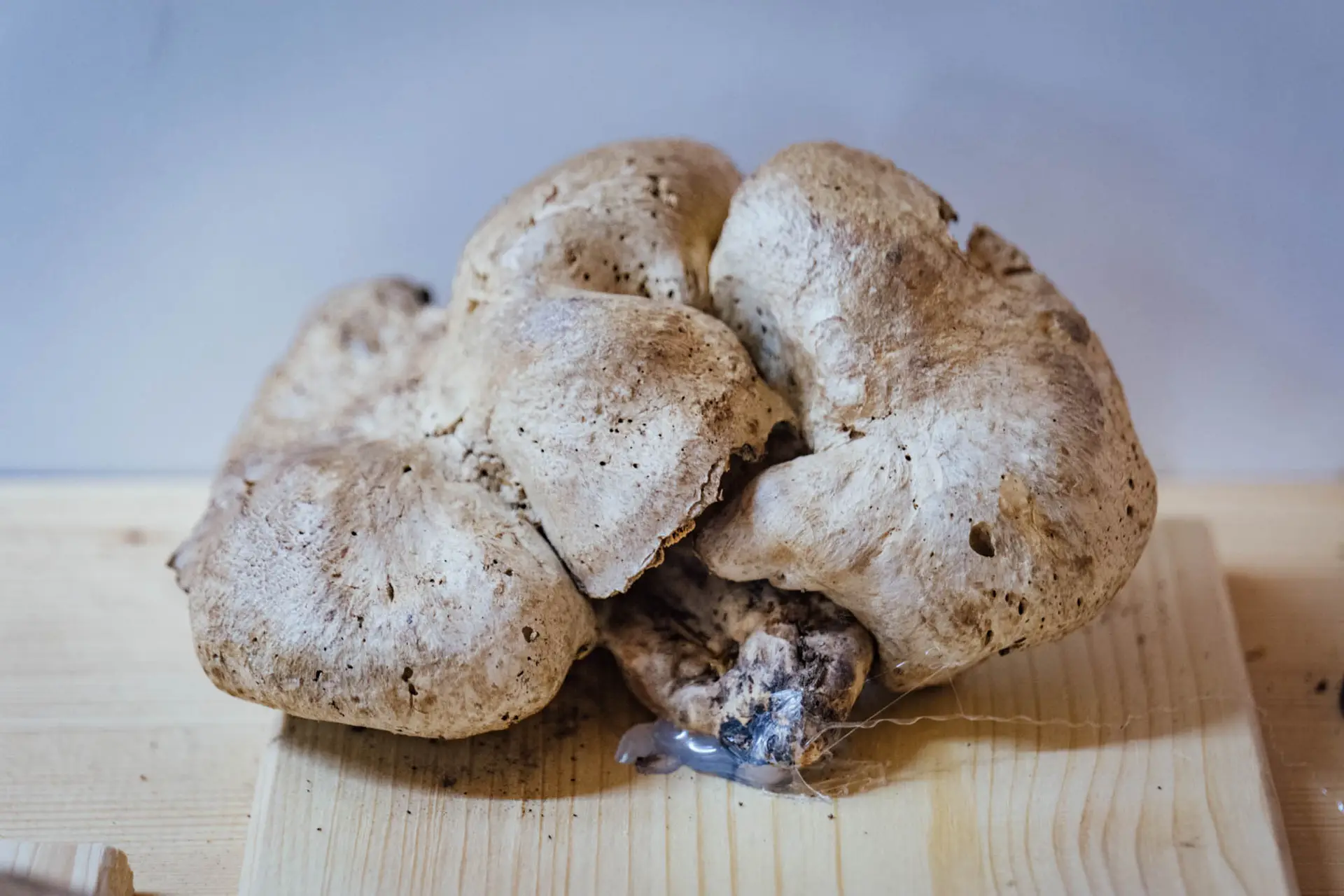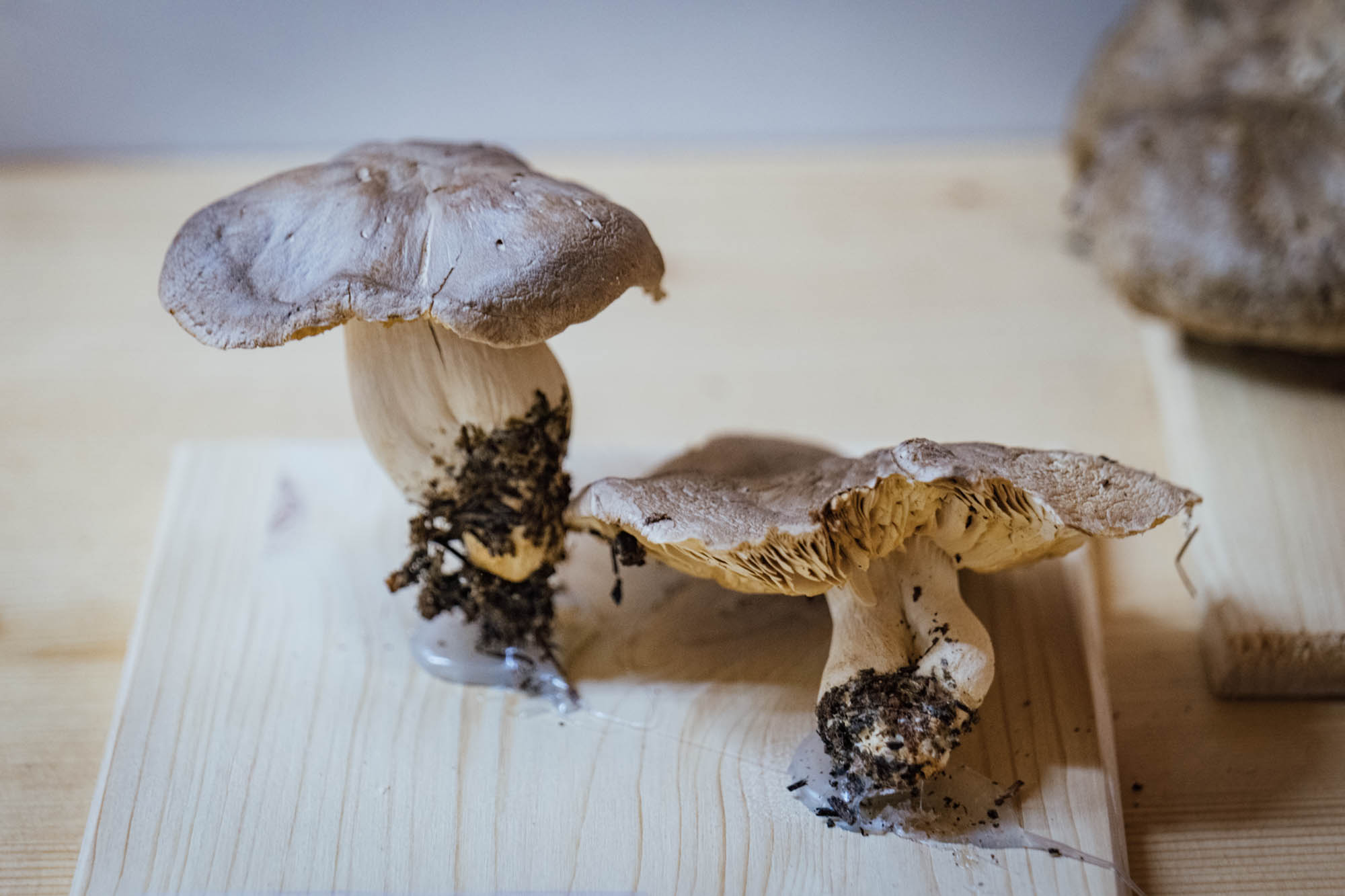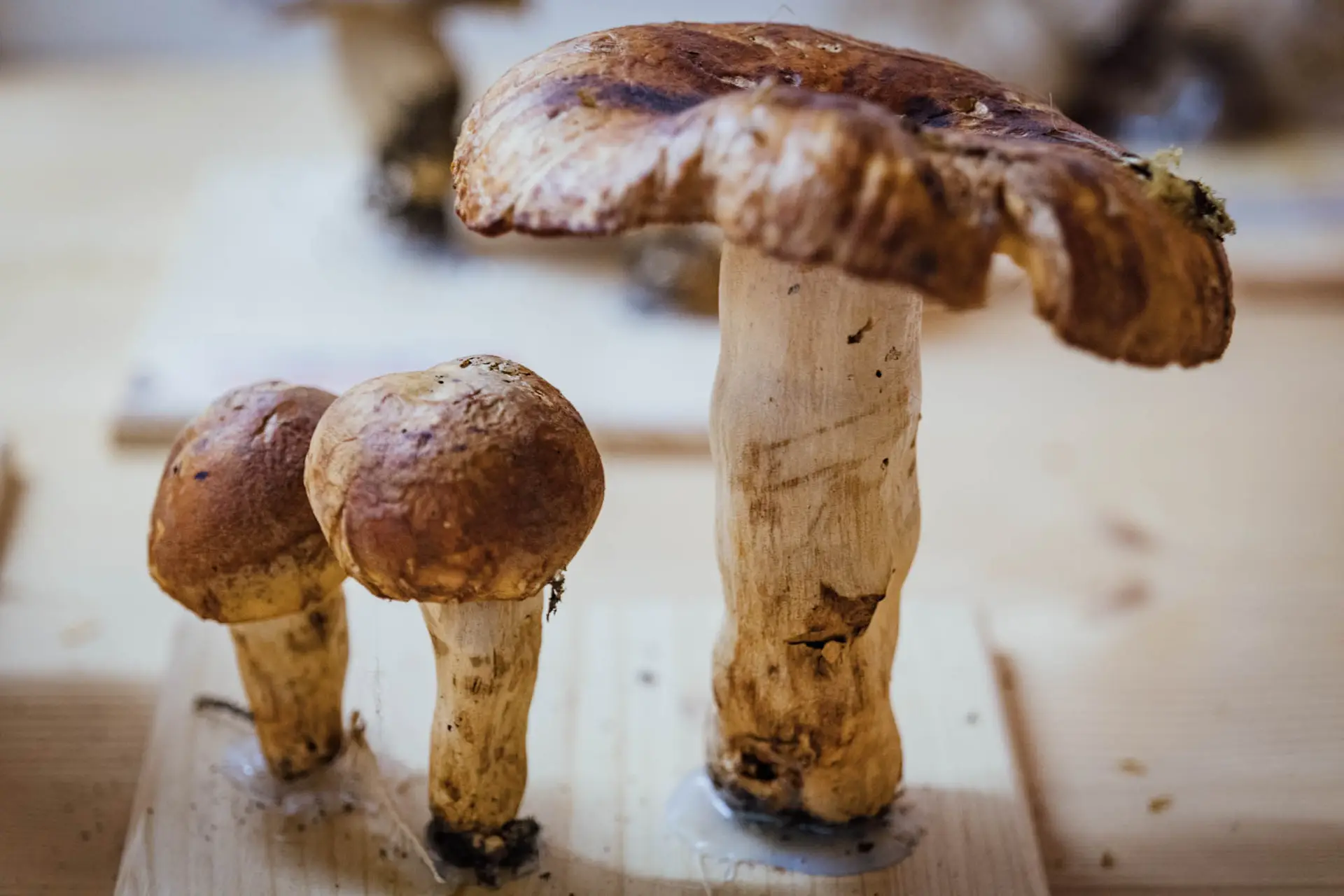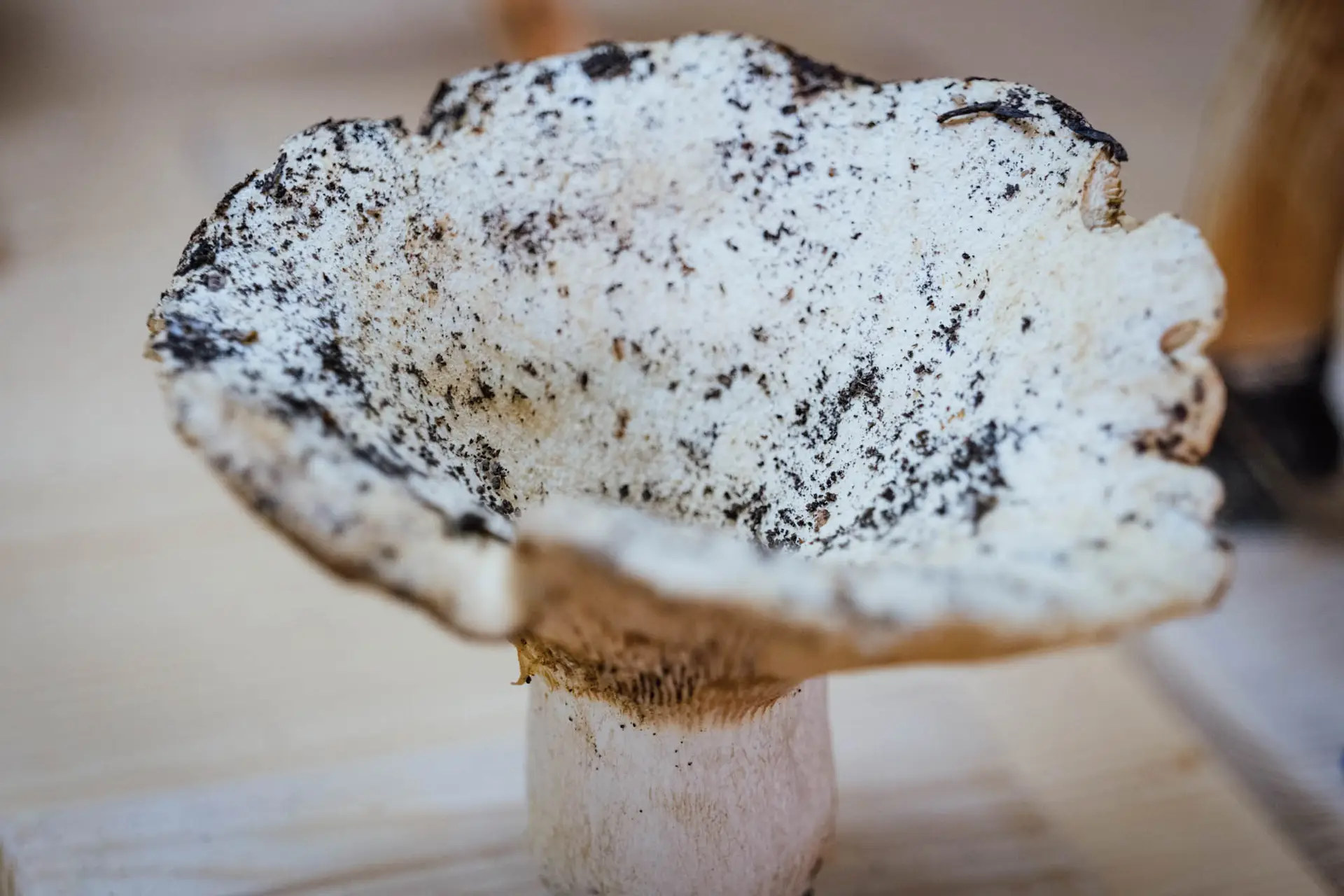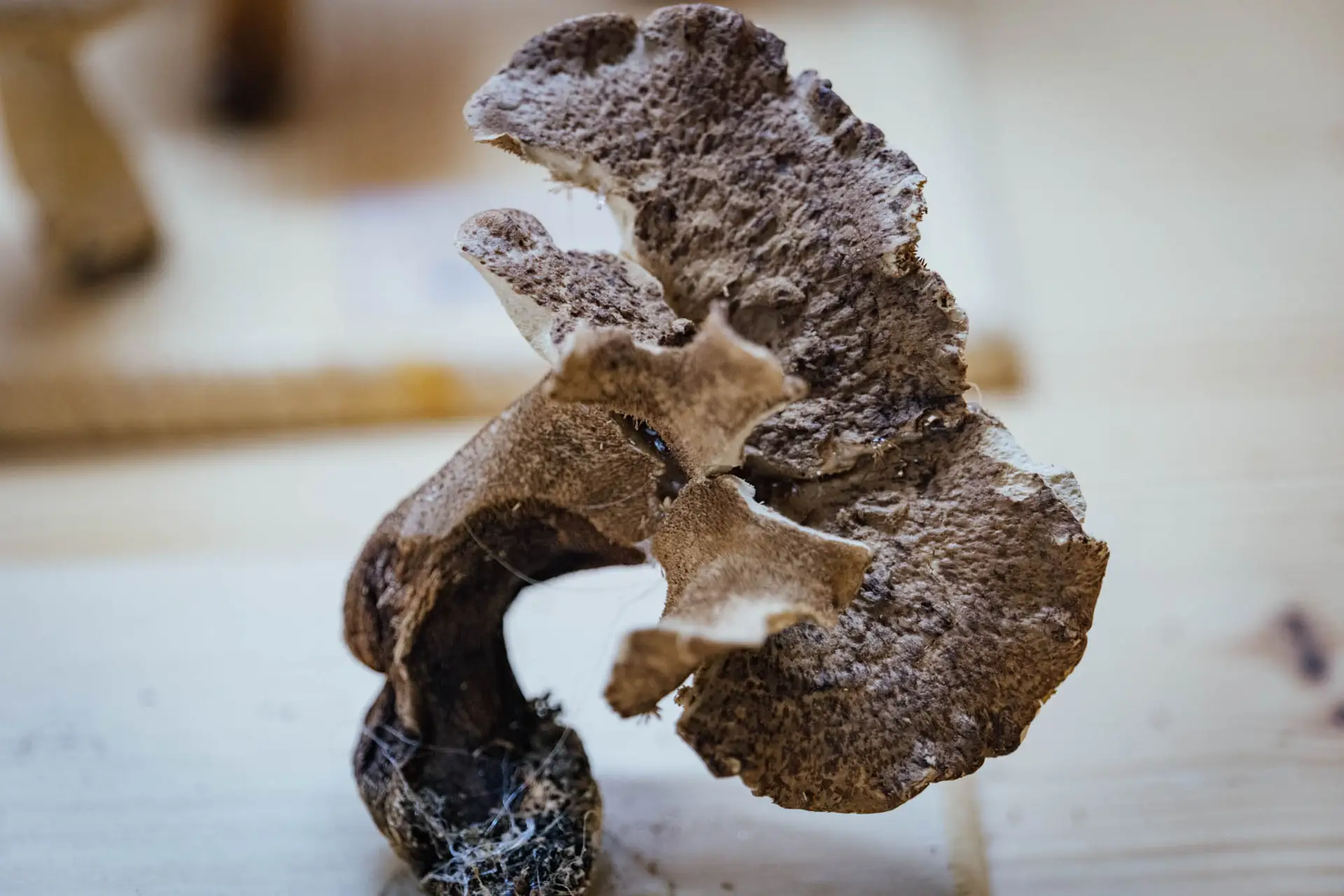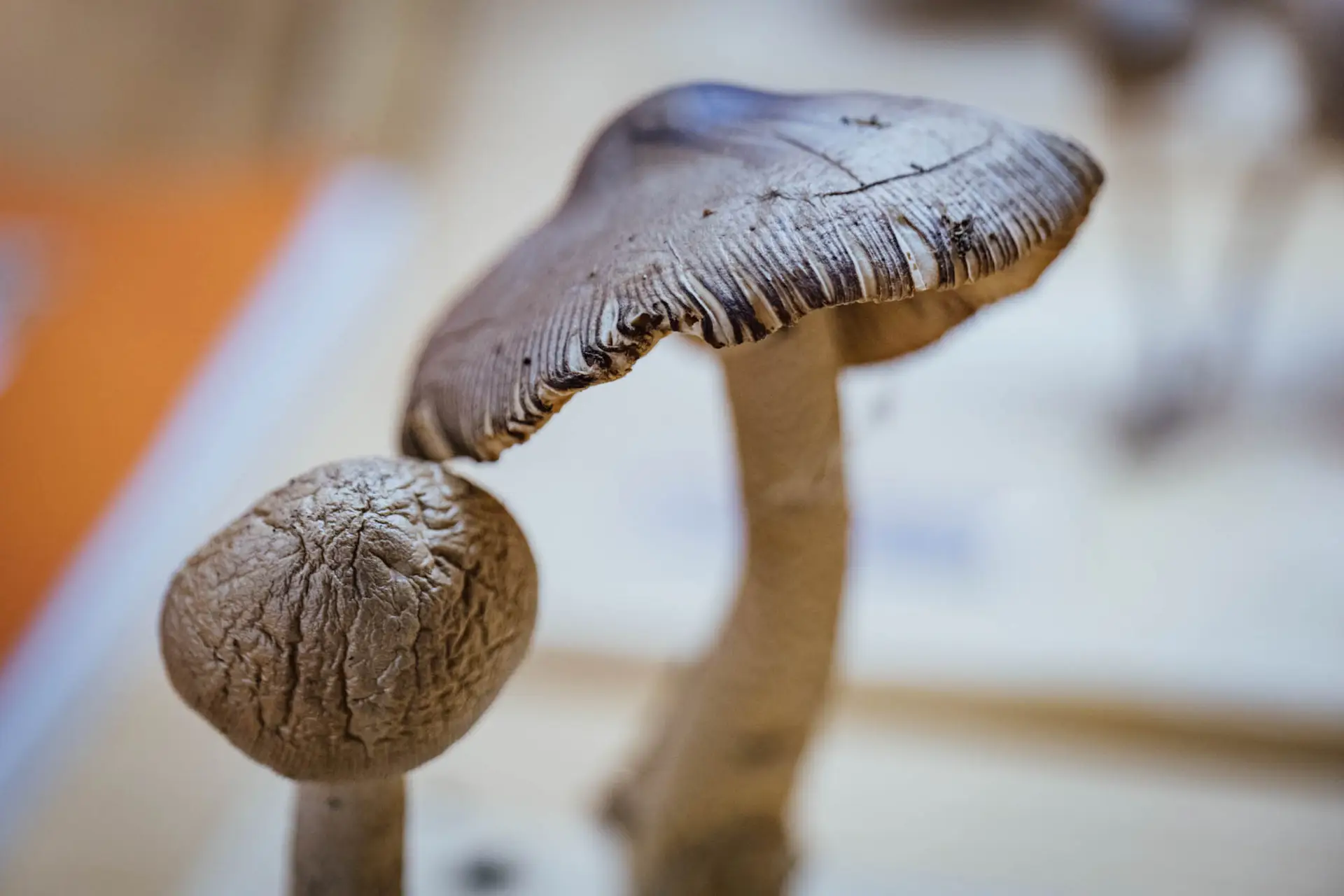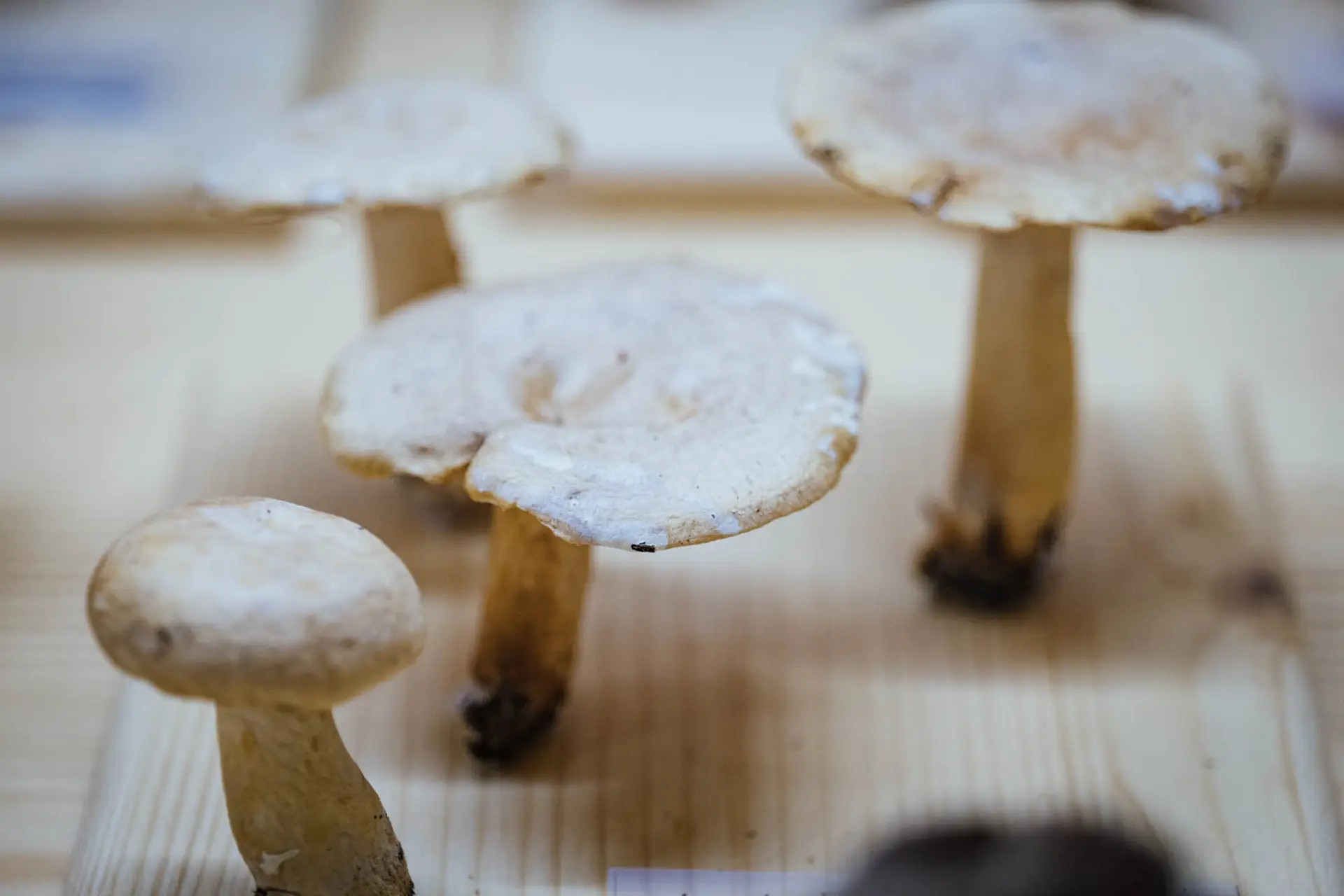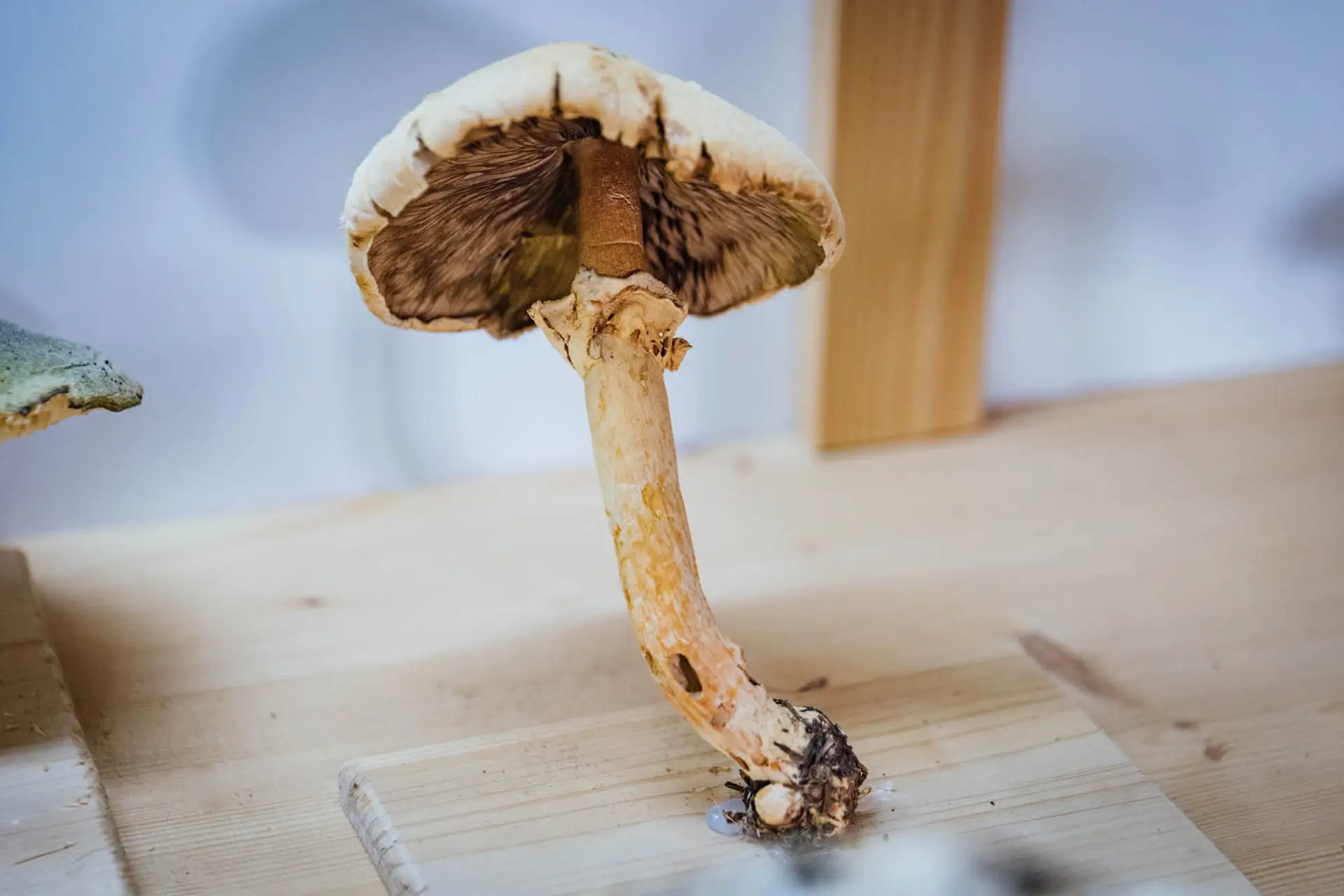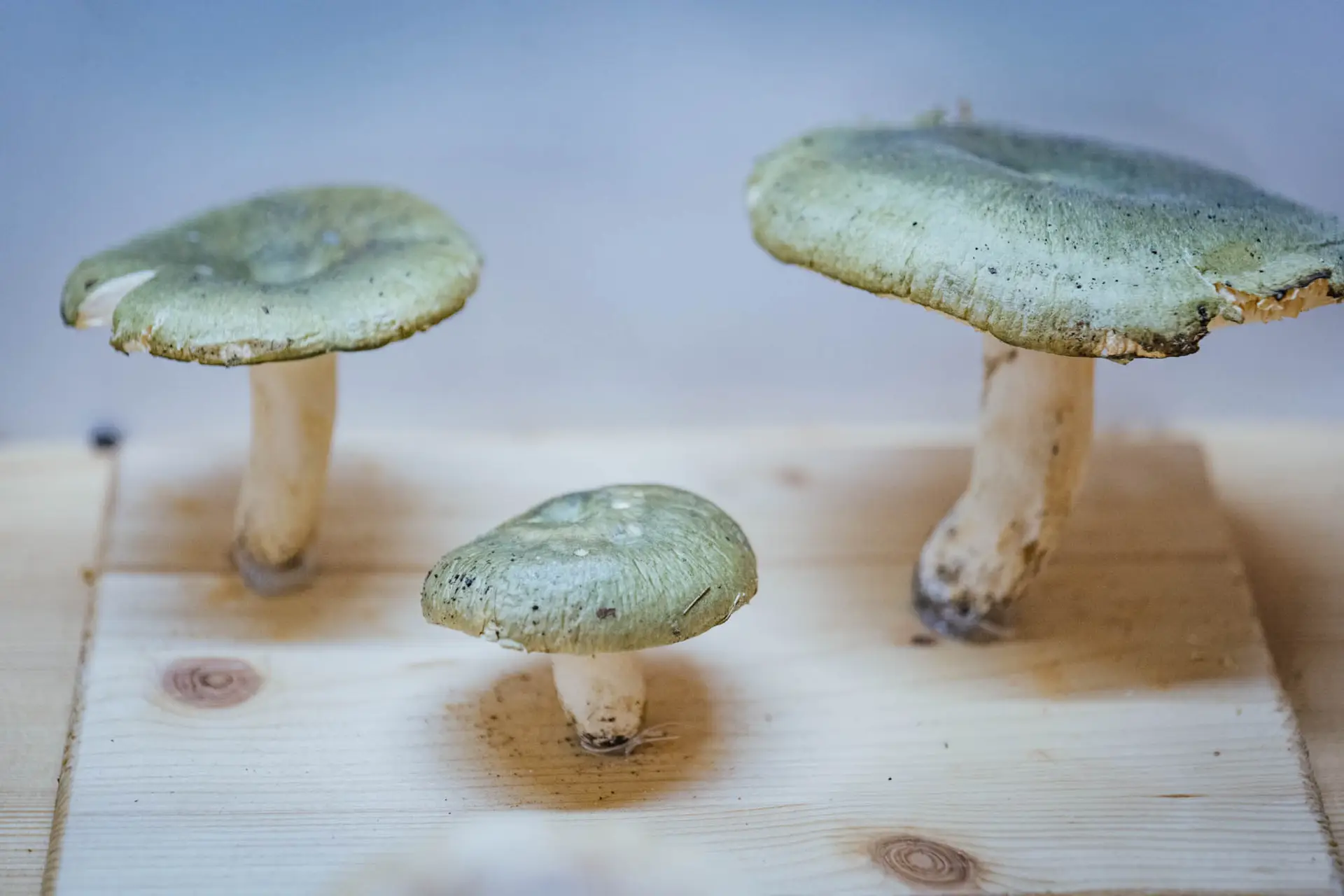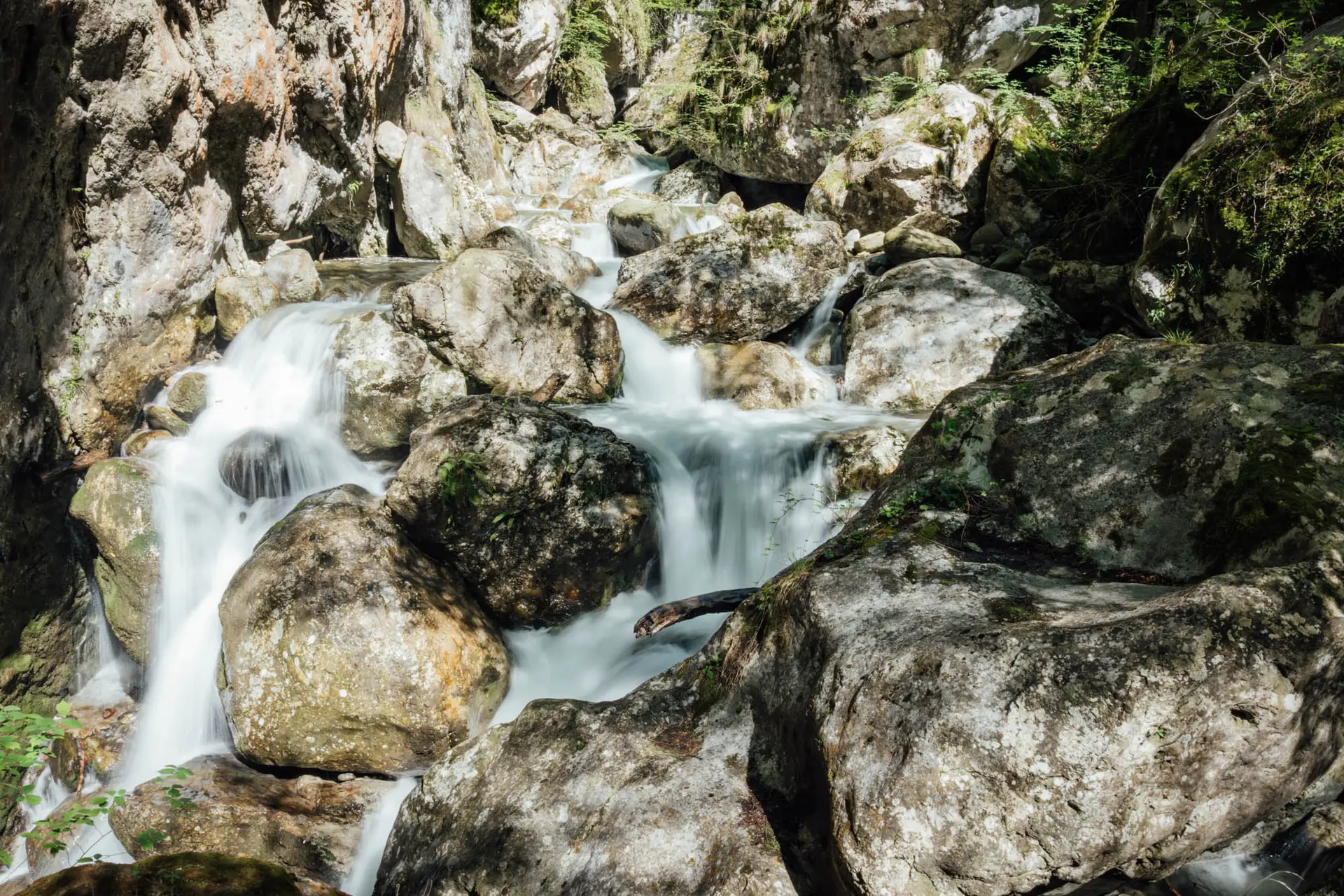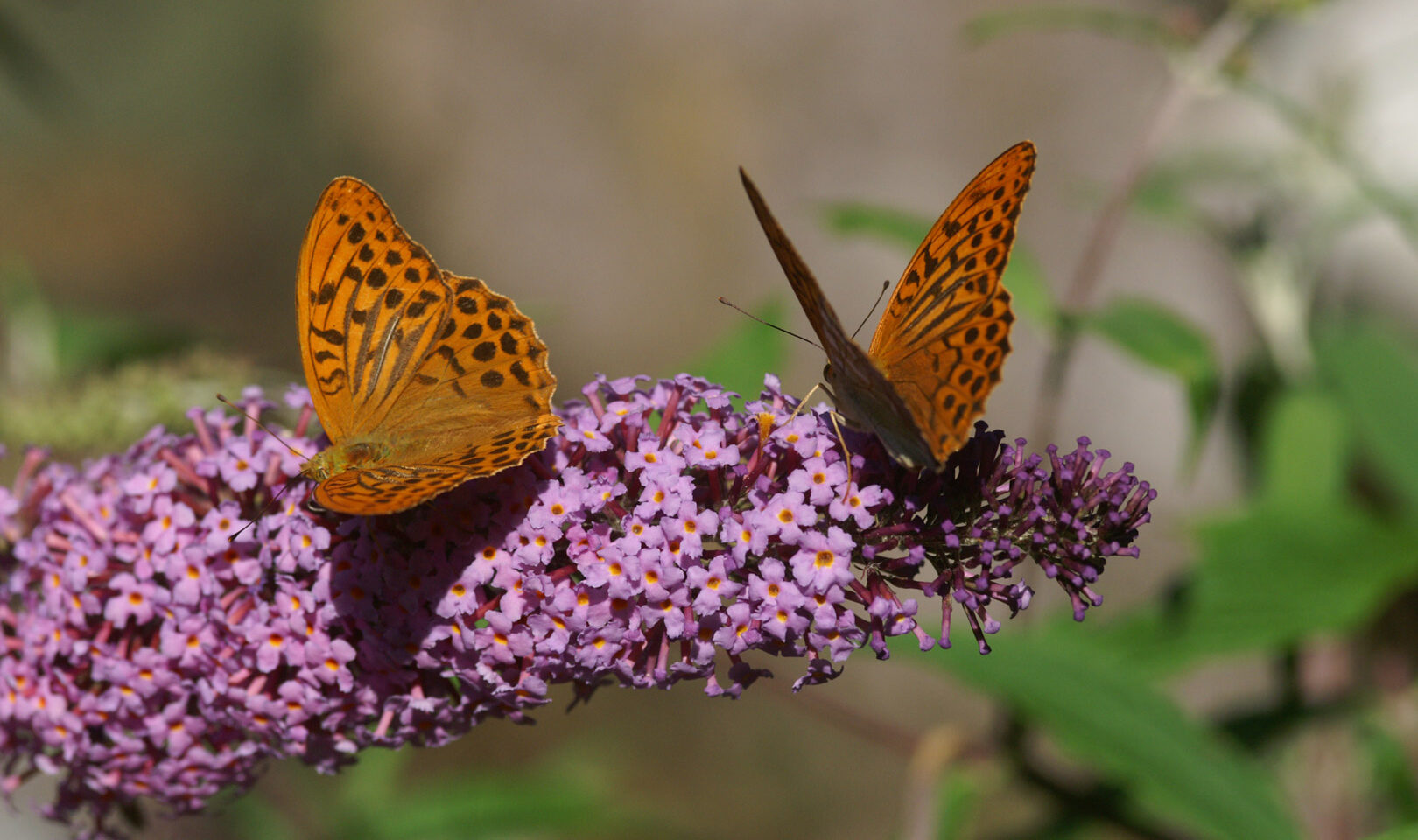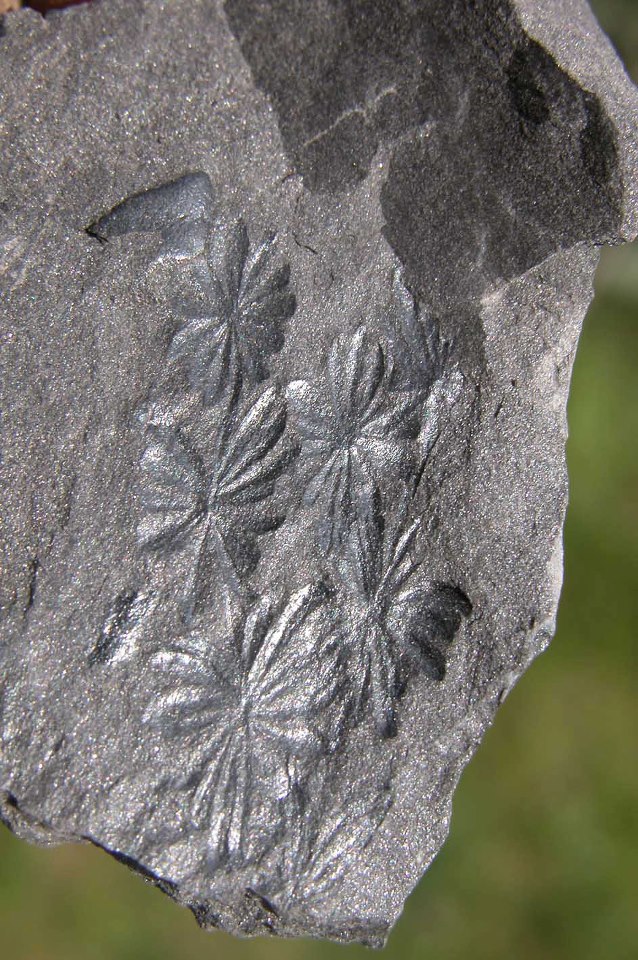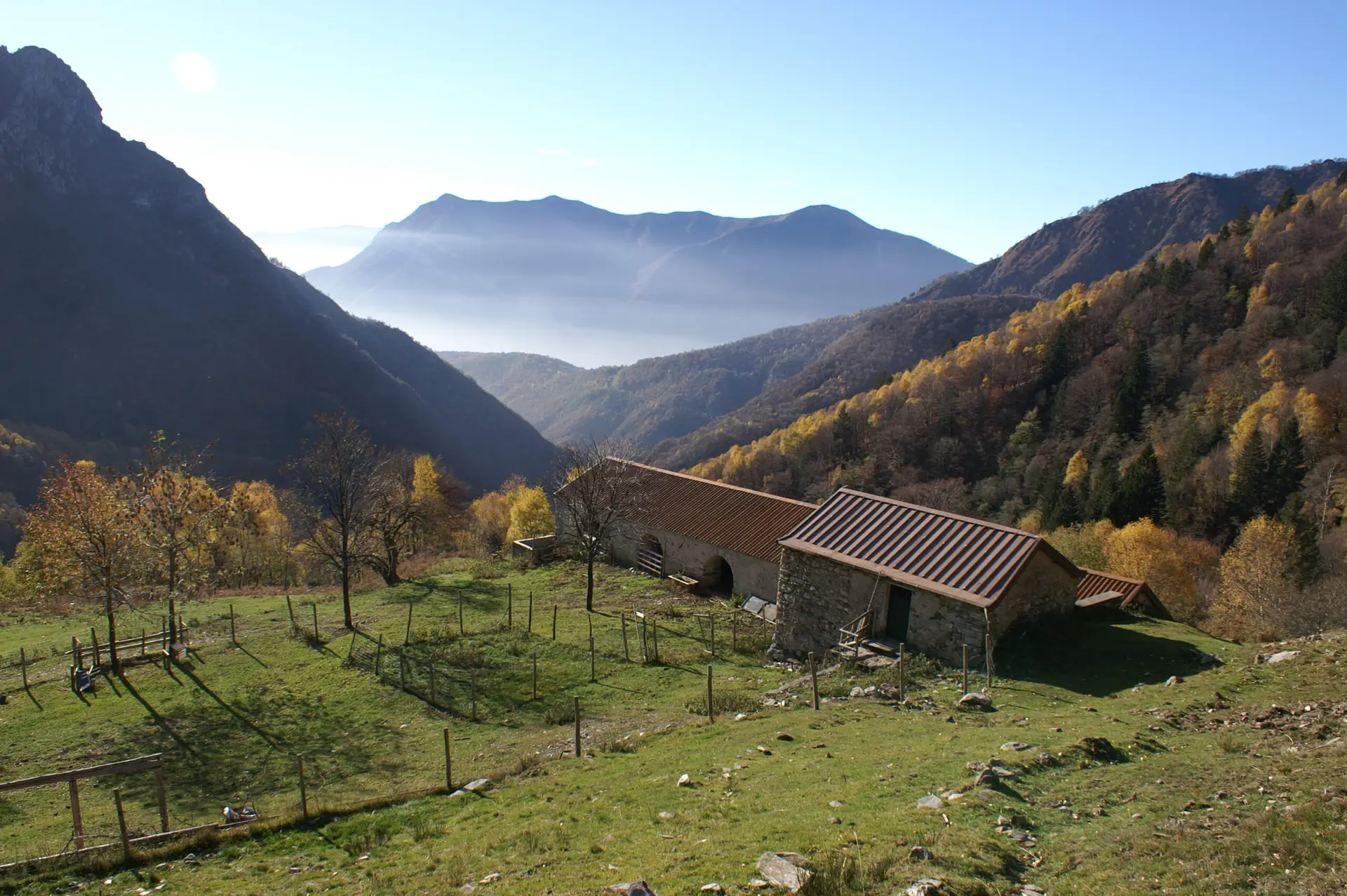Park Mushrooms
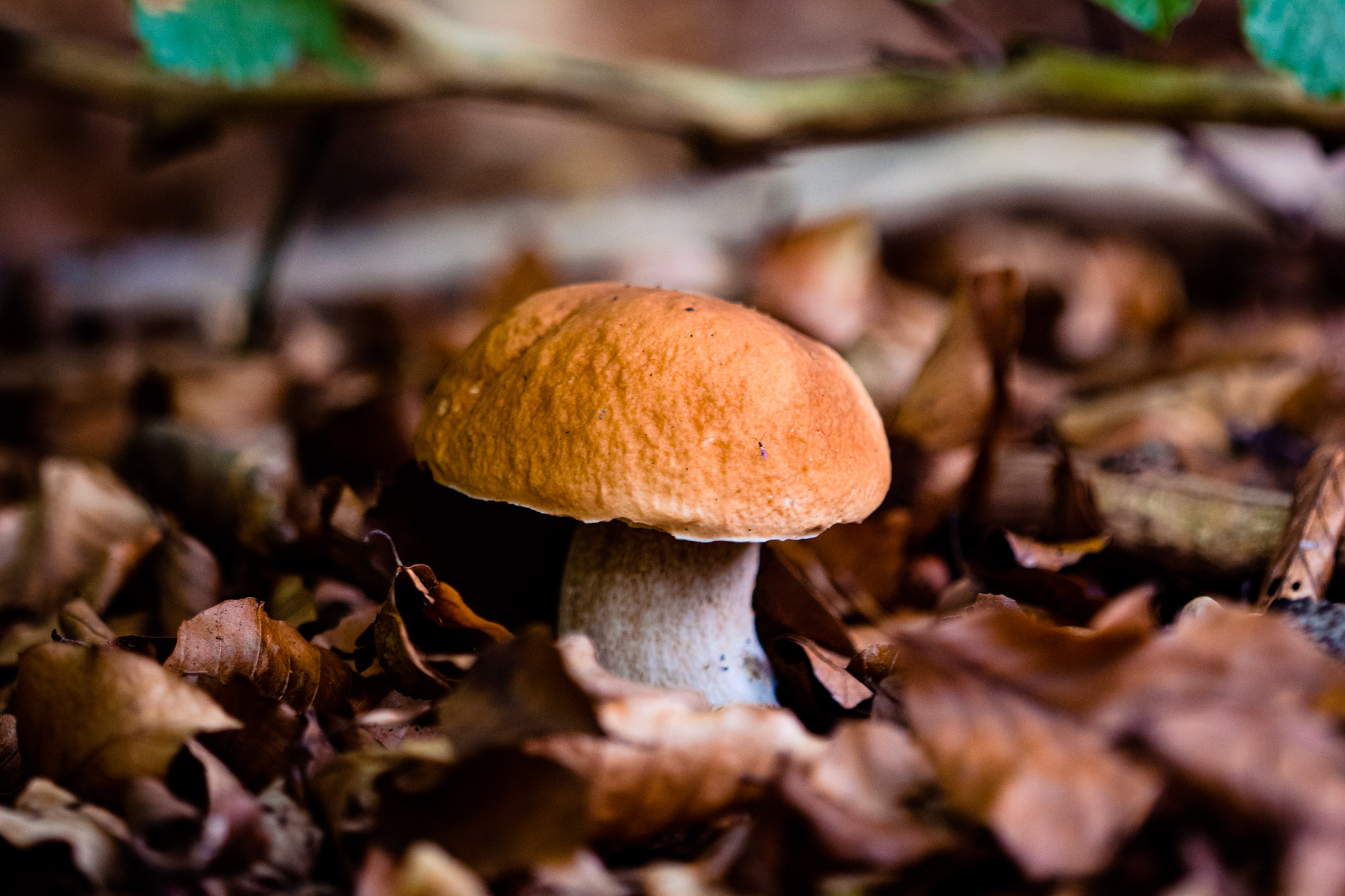
Biodiversity and wonder of the undergrowth
The Sanagra Valley, due to its extraordinary variety of forest environments, Is one of the most mushroom-rich valleys in the Lepontine Alps..
Every fall, enthusiasts and mycologists flock to its trails in search of rare or simply tasty specimens.
The mycological richness of the valley is such that to describe it exhaustively would require an entire volume.
Here we simply explore some of the more curious and interesting species, divided by fruiting body shape (basidiome).
This is not a strict scientific classification, but rather a popular presentation to accompany enthusiasts in the discovery of this extraordinary biodiversity.
types of mushrooms
Mushrooms with cap, stem and pores
This is the most common and recognizable form of mushroom: it has a cap (pileus) supported by a stalk (stipe), with pores instead of gills in the lower part.
Among the many groups sharing this characteristic with absence of gills under the cap, there belongs the genre Boletus which includes the well-known porcini. The latter are actually a group of similar species, there is in fact: the Boletus edulis, the Boletus reticulatus and the Boletus aestivalis.
The presence/absence of poisons is not characteristic of any genus or family, for example, among the boletes, it includes the Boletus satanas, known as the "evil cep," which causes gastrointestinal-type intoxication, most severe when eaten raw. This fungus can be recognized by a simple stratagem: just break it open and wait a few minutes, the flesh will turn bluish.
types of mushrooms
Shelf or crusted mushrooms
These fungi grow on wood without obvious stems, forming shelves or overlapping crusts anchored to logs and stumps.
The most interesting and sought-after species in this category is undoubtedly the barbino mushroom (Grifola frondosa) also called griffon or royal mushroom.
This remarkably branched fungus, grows every year on the stumps of beech trees, chestnut or oak and seems to like rainy autumns, in which it appears with some frequency.
It is a much sought-after species that can be preserved, following appropriate recipes, in oil or pickled. The surprising fact is that the barbino mushroom can reach a total weight of more than 15 kg.
types of mushrooms
Star mushrooms or timepieces
One of the most conspicuous forms among the fungi is the stellate form, which includes the "sessile earth star" (Geastrum sessile).
This species grows in both deciduous and coniferous forests and often in groups of several individuals. Unfortunately, it is of no practical interest because it has no special taste or smell.
Very similar to the Geastrum, it is theAstraeus hygrometricus, hardly distinguishable from the previous one: this fungus has the function of a timepiece, is in fact hygroscopic because it stretches its laciniae (the arms of the star) when the weather is humid and contracts them otherwise.
In the contracted phase, it becomes a kind of ball that can be blown by the wind favoring the dissemination of spores.
types of mushrooms
Bad-smelling mushrooms
Among the species known to smell bad growing between the lower and upper Lario, the satyrion (Phallus impudicus) rightfully takes first place.
This fungus grows most frequently during humid and sultry periods, its presence made manifest by its cadaverous odor, mistaken by researchers for a dead animal.
Scholars correctly believe that the fetid odor represents a expedient for attracting flesh flies which, sprinkled with spores, cause dissemination.
This mushroom inedible, although, reliable research reports its use (at the egg stage) in northern Europe.
types of mushrooms
Globose mushrooms
The fungi in this section come in various forms, but all have globular fruiting bodies; the spores are contained within the "fruit" which, upon reaching maturity, opens to release them.
The best known edible species is the giant puffball (Calvatia gigantea) that can reach half a meter in diameter and weigh more than 20 kg.
Another species widespread in the wet forests of the western Lario is the common potato fungus (Scleroderma citrinum) also called "vescia falsa" or "poor man's truffle."
When the outer covering of the "fruit" tears, the mature spores are violently ejected under the pressure of human feet or animal hooves.
types of mushrooms
Mushrooms in the shape of brains
The most delicious brain-shaped mushroom is the morel mushroom (Morchella esculenta); according to experts, this species occupies an important place in gastronomy; in fact, it is intensely sought after.
In the museum collections
Mushrooms
No results available
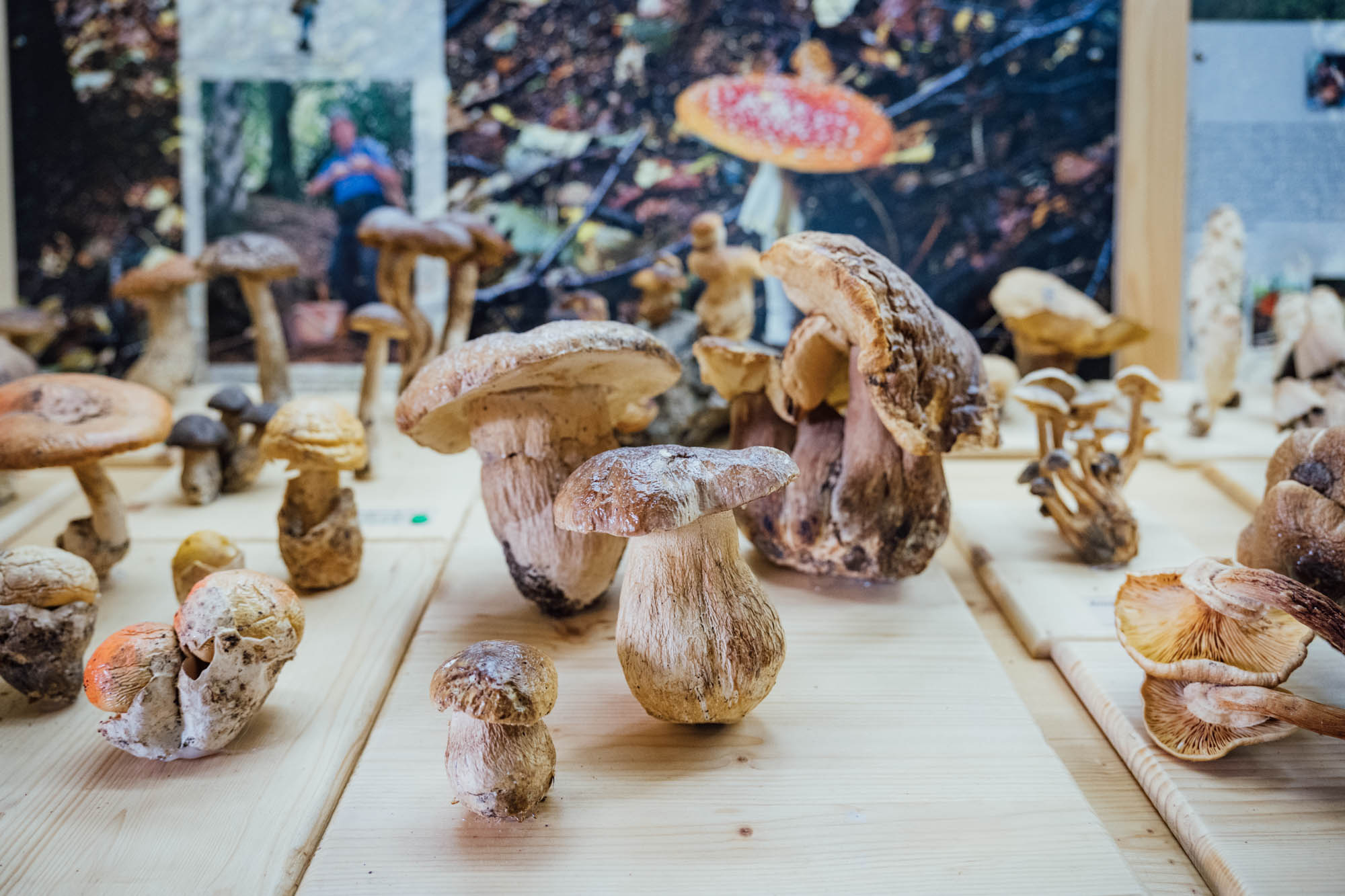
Discover the Mushroom Kingdom at the Val Sanagra Museum
From the woods of Val Sanagra Park to the Museum's showcases: explore shapes, colors and secrets of the fungal world.
